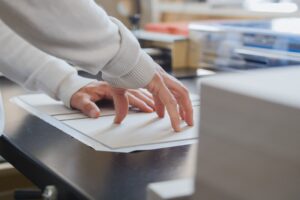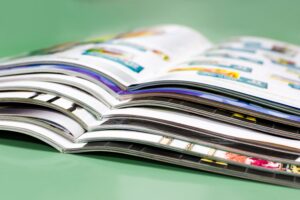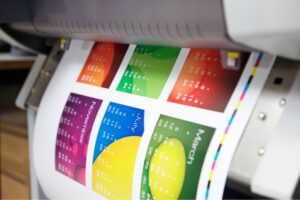Exploring The Different Types Of Printing Techniques
6 min read
Printing is a fundamental part of our daily lives, from the books we read to the labels on our food products. But have you ever wondered how these prints are created? There are actually various printing techniques that are used to produce different types of prints, each with its own unique characteristics and applications.
Printing has come a long way since its inception, and technology has played a significant role in its evolution. From the traditional methods of letterpress and lithography to the more modern techniques of digital and 3D printing, the world of printing is vast and diverse.
Understanding the different types of printing techniques can help you make informed decisions when it comes to your printing needs. Whether you’re a designer looking for the best method to showcase your artwork or a business owner in need of high-quality promotional materials, knowing the right printing technique can make all the difference. In this article, we will explore the various types of printing techniques and their applications, so you can choose the one that best suits your needs.
Traditional Printing Techniques
Traditional printing techniques have played a significant role in the history of printing and continue to be widely used today. Three notable traditional printing techniques are letterpress, offset lithography, and flexography.
Letterpress is one of the oldest printing methods, dating back to the 15th century. It involves the use of raised inked type or images that are pressed onto paper. This technique creates a distinct impression on the paper, giving it a tactile quality that is often associated with luxury and elegance. Letterpress is commonly used for creating wedding invitations, business cards, and other high-quality printed materials.
Offset lithography, on the other hand, relies on the principle that oil and water do not mix. The image or text to be printed is first transferred onto a metal plate, which is then dampened with water. Ink is then applied to the plate, adhering only to the image area. The inked image is then transferred onto a rubber blanket and then onto the paper. This method is known for its high image quality, sharpness, and consistency, making it ideal for producing books, magazines, and marketing materials.
Flexography, also known as “flexo,” is a versatile printing technique commonly used for packaging materials. It utilizes flexible rubber or polymer plates with raised images or text that transfer ink onto various substrates. Flexography is known for its ability to print on a wide range of surfaces, including paper, cardboard, plastics, metallic films, and even fabrics. This method is widely used for packaging labels, corrugated boxes, and plastic bags.
Traditional printing techniques like letterpress, offset lithography, and flexography continue to be valued for their distinct qualities and applications. While digital printing methods have become prevalent, traditional techniques still offer a unique charm and quality that cannot be replicated.
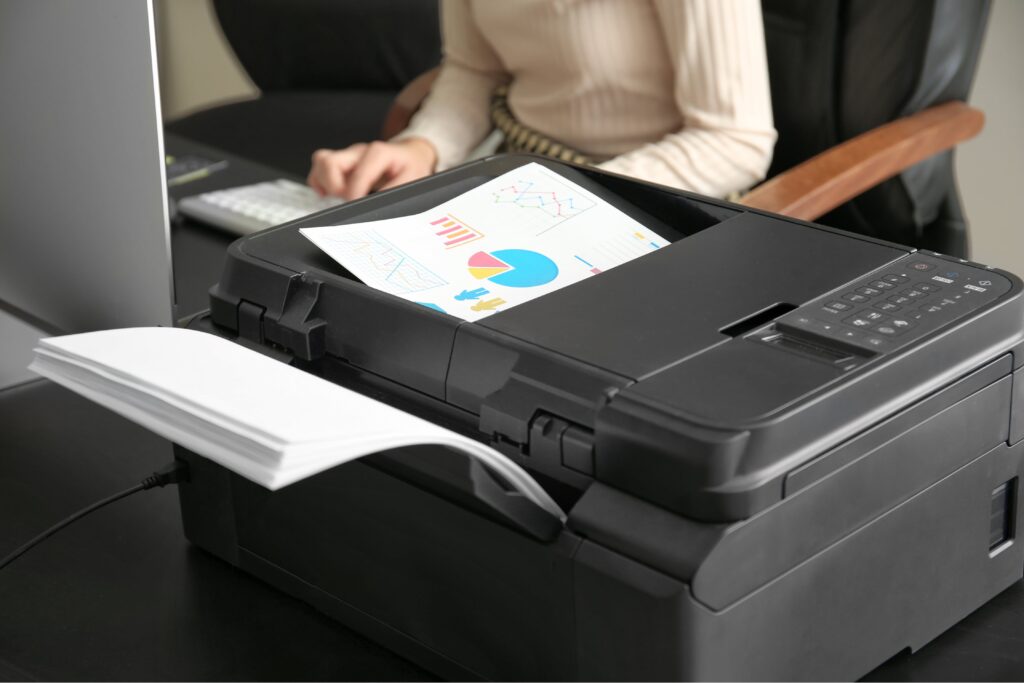
Digital Printing Techniques
Digital printing techniques have revolutionized the world of printing, offering a range of options for both personal and commercial use. Three popular digital printing techniques include inkjet printing, laser printing, and dye-sublimation printing.
Inkjet printing is a widely used method that utilizes tiny droplets of ink to create an image on paper or other materials. This technique is commonly employed in home printers and produces high-quality prints with vibrant colors and precise detailing. It is cost-effective and suitable for a variety of printing needs, such as photos, documents, and promotional materials.
Laser printing, on the other hand, uses a laser beam to produce images on paper or other surfaces. It is a fast and efficient technique that is commonly found in offices and commercial printing operations. Laser printing offers sharp, clear, and professional-looking prints with high resolution and excellent text quality. It is ideal for large volume printing and can handle a wide range of paper sizes and types.
Dye-sublimation printing is a specialized technique that is often used in printing textiles, apparel, and personalized products. It involves the transfer of dye from a solid state directly to a gas, which then adheres to a specially coated surface. This technique offers vibrant and long-lasting prints with a high level of detail. Dye-sublimation printing is commonly used for items like t-shirts, mugs, and phone cases.
Specialized Printing Techniques
Specialized printing techniques have revolutionized the way we create and reproduce images and designs. Three popular techniques that have gained immense popularity are screen printing, gravure printing, and 3D printing.
Screen printing, also known as silk screening, is a versatile technique that involves pushing ink through a fine mesh screen to create a printed design. This method is commonly used to print on fabric, paper, and various other materials. It provides vibrant colors, excellent coverage, and durability, making it a favorite among artists and designers.
Gravure printing, also called intaglio printing, uses engraved plates to transfer ink onto the printing surface. It is known for its high-quality image reproduction and is often used for printing magazines, labels, and packaging materials. This technique offers exceptional detail, fine tonal range, and consistency, making it ideal for mass production.
3D printing is a revolutionary technique that has transformed various industries, including manufacturing, healthcare, and design. It involves creating three-dimensional objects by layering materials based on a digital model. This technology allows for intricate and complex designs to be turned into physical objects quickly and efficiently.
Each of these specialized printing techniques offers unique advantages and applications in the world of printing. Screen printing provides versatility and durability, gravure printing offers high-quality reproduction for mass production, and 3D printing revolutionizes the way objects are created. These techniques continue to push the boundaries of what is possible in the printing industry, allowing for endless creativity and innovation.
Comparison and Considerations
When comparing options, it is important to consider various factors that can help make an informed decision. In the previous section, we discussed various options, and now we will highlight the key similarities and differences between them.
One important consideration is cost. It is crucial to compare the prices of the options and determine the affordability. Additionally, it is essential to consider the value for money and the long-term costs associated with each option.
Another factor to take into account is functionality. Analyzing the similarities and differences in terms of features and capabilities can help determine which option is best suited for the specific needs and requirements.
Furthermore, it is important to consider the reliability and durability of the options. The longevity and maintenance requirements of each option should be evaluated to ensure a wise decision.
Additionally, consider the ease of use and user experience. Evaluating the user interface, accessibility, and learning curve associated with each option can help make an effective decision.
Finally, take into account any special requirements or specific considerations. It is crucial to compare how well each option meets the unique needs and constraints of the situation.
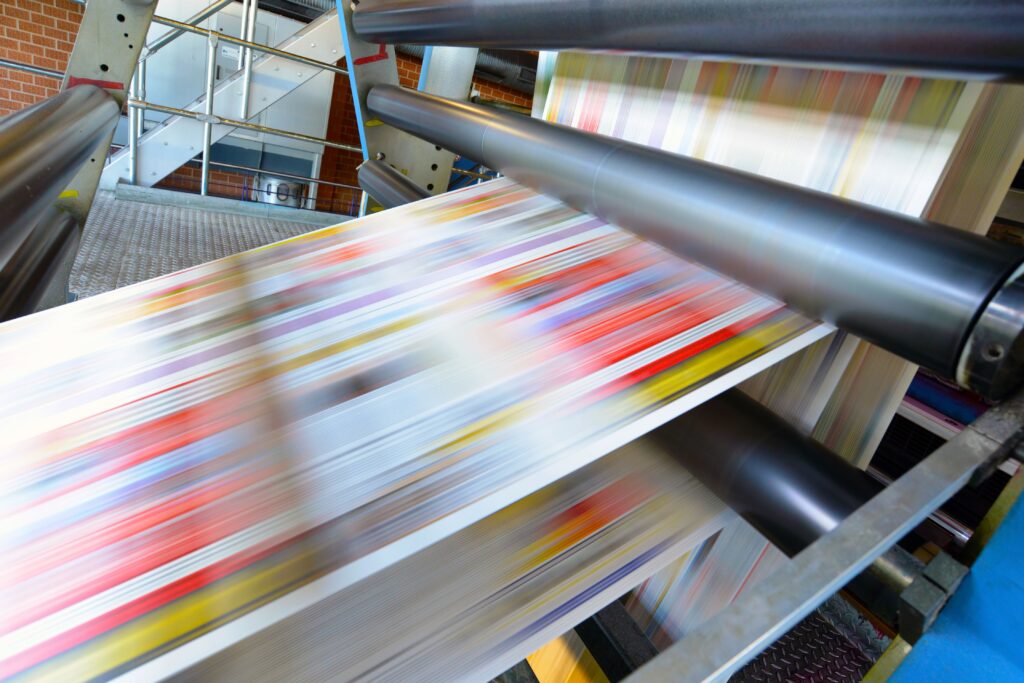
Conclusion
In conclusion, selecting the right printing technique for specific needs is of utmost importance. This decision can significantly impact the final outcome of a project and can determine its success or failure. Whether it is for business branding, print marketing materials, or personal use, choosing the appropriate printing technique ensures that the desired message is effectively conveyed and the intended audience is captivated. Factors such as budget, design complexity, desired quality, and timeframe should all be considered when making this decision.
Each printing technique offers unique advantages and limitations, and by carefully evaluating these factors, one can select the most suitable option. From offset printing for large quantities and exceptional image quality, to digital printing for quick and cost-effective production, to screen printing for vibrant and durable results, the right technique will ultimately enhance the overall impact of the printed materials. By meticulously considering the specific needs and objectives, individuals and businesses can achieve impressive and successful print projects.



